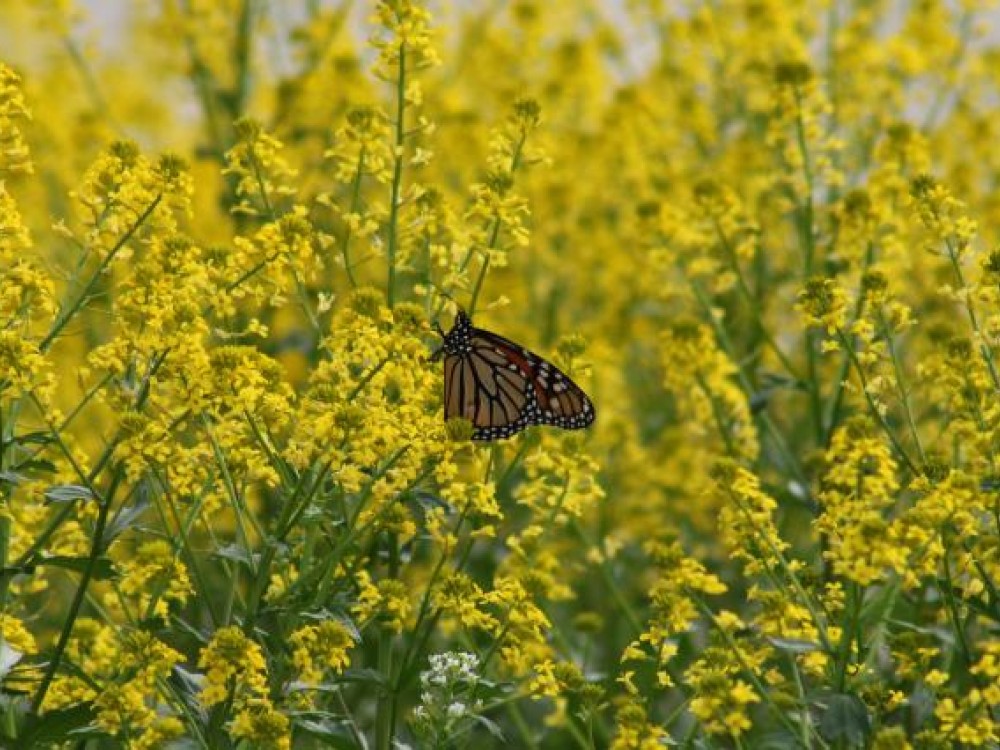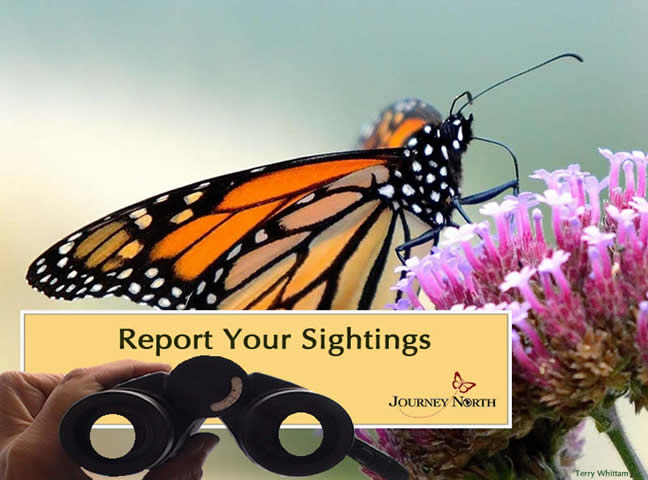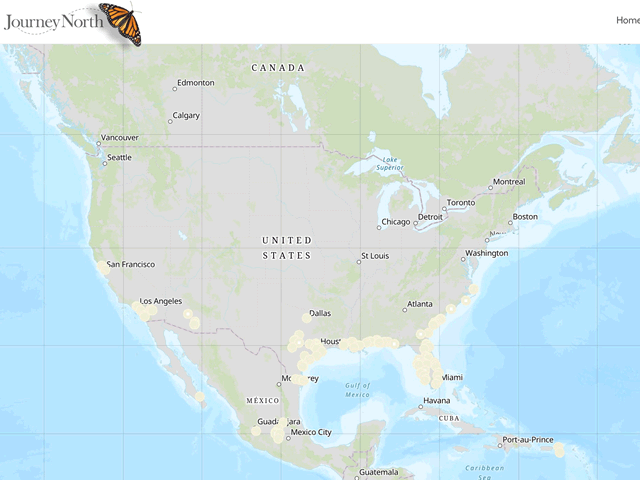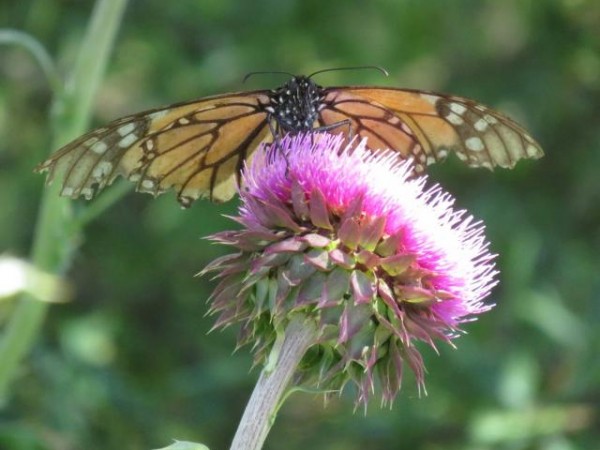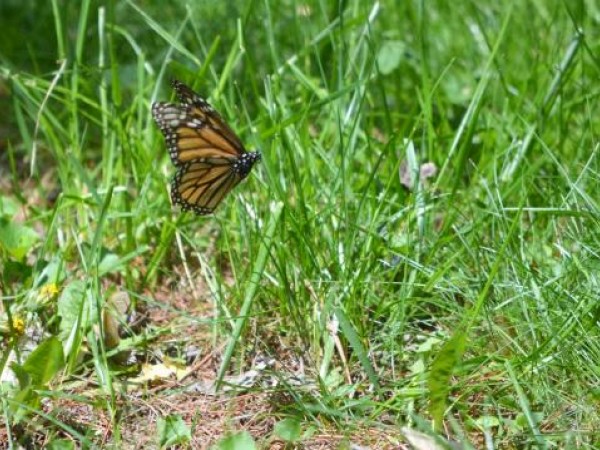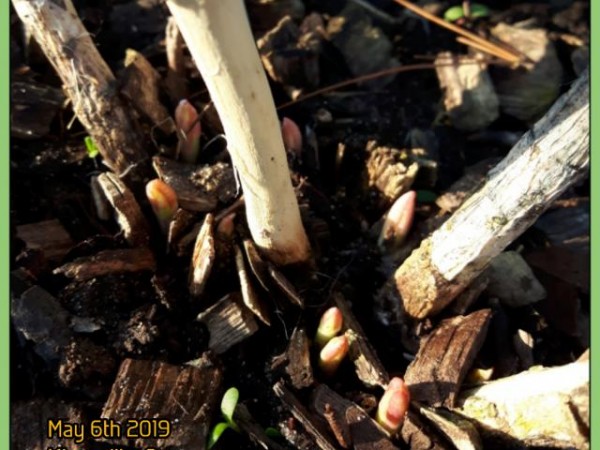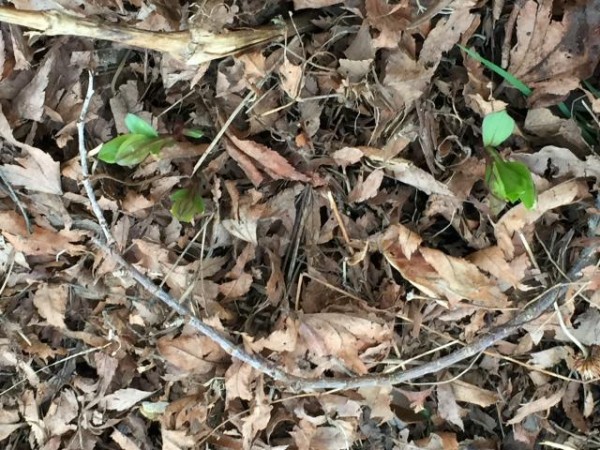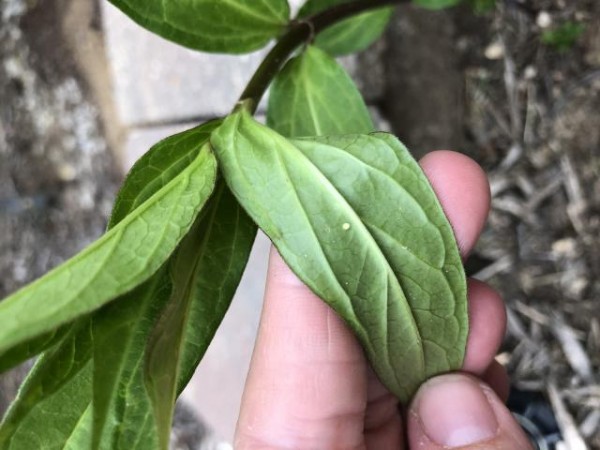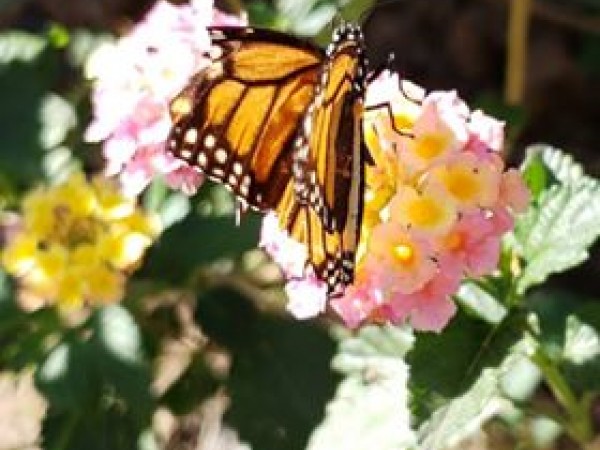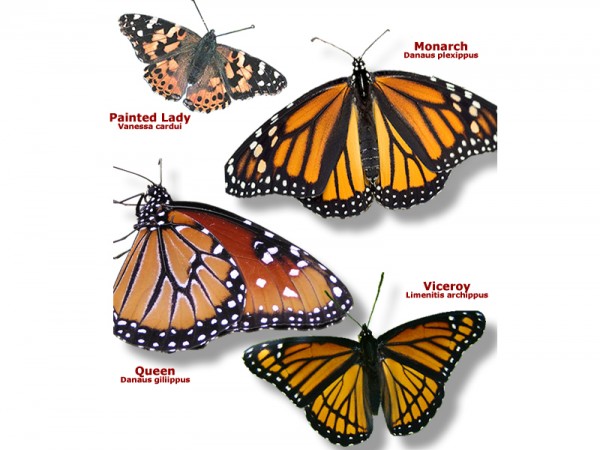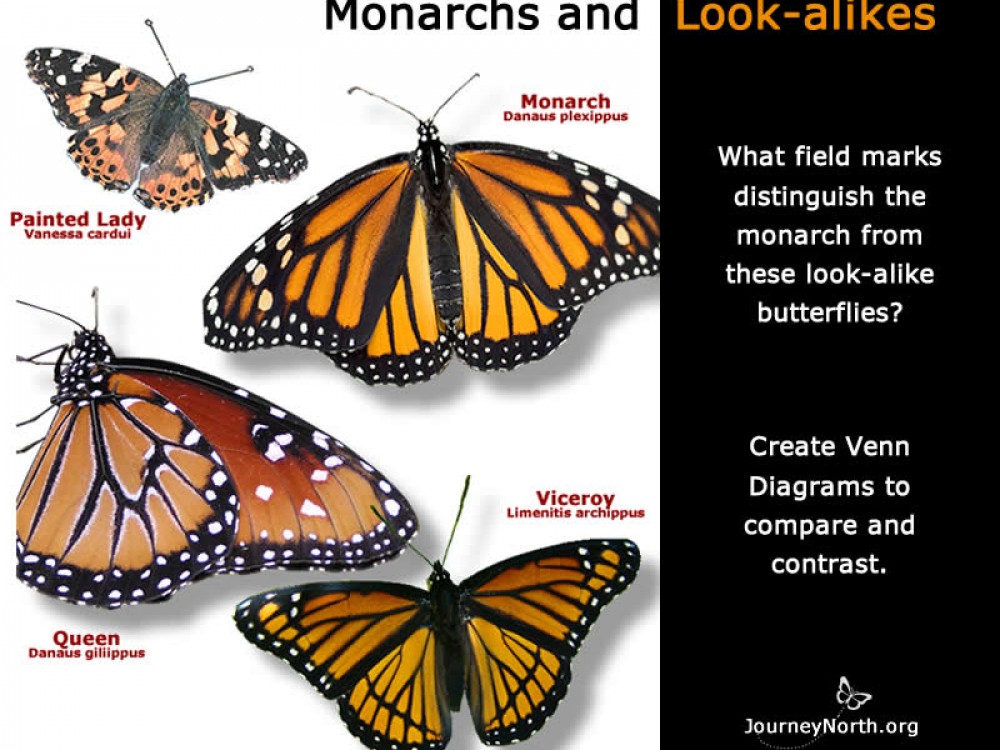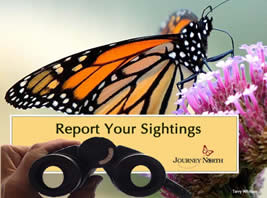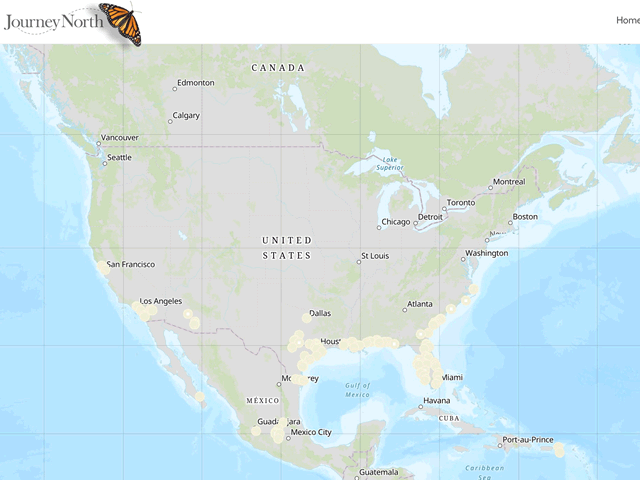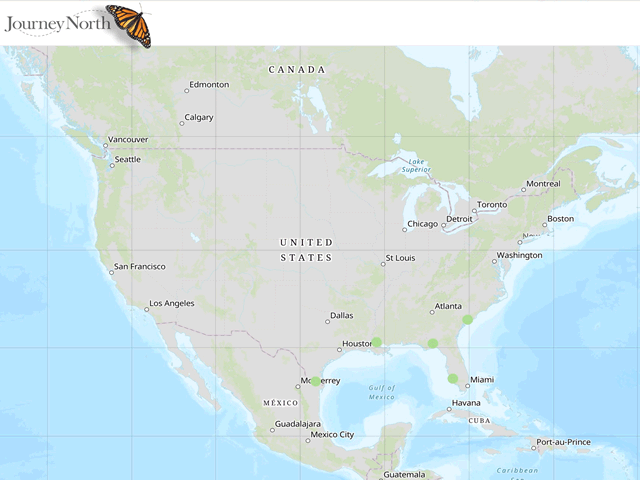Overlapping Generations
First flush of new monarchs and monarchs with faded wings.
Overlapping Generations
People are reporting faded - and fresh - butterflies. Monarchs of the overwintering generation whose wings are showing a lot of wear and tear are overlapping with fresh, first-generation butterflies. Take a look at the tattered butterfly submitted by Brian in Columbus, OH. Did this monarch migrate all the way from Mexico? Interesting questions arise from our citizen submitted data.
From Driftwood, TX: Chuck commented, "This time of the season is one that I especially enjoy. The 1st Gen Monarchs have emerged and yet still we see the occasional remigrant that either left late or traveled more slowly than its peers. This faded and tattered female spent most of her time on the Purple Thistles." (04/29/2019)
From Columbus, OH: Brian noted, "Female. Fluttered about. Very active. Rarely sitting still. Common milkweed on the property approx. 6-8" tall. Will be checking for eggs, but did not see it in close proximity to milkweed." (05/06/2019)
Monarch First Sightings
Journey North citizen scientists continue to enter first sightings reports in record numbers. The northern edge of monarch sightings stands at latitude 42°N which means no monarch sightings yet reported for South Dakota, Minnesota, Wisconsin, Michigan or any of the New England states. This slow creep northward may not be a bad thing. According to Journey North citizen science reports, milkweed is just starting to sprout in most northern U.S. states. There are no reports of milkweed first sightings for Canadian provinces, except for southern Ontario and Nova Scotia.
From Harpswell, ME: Jaremy "noticed these small Swamp Milkweeds today as I was clearing all the dead stems from plants from my small butterfly garden in the front yard. They must have planted themselves. The main Swamp Milkweed plants are 4-5 feet away. Nothing else has popped up yet. A little surprising. (05/05/2019)
From Mishicot, WI: Ann reported that her "swamp milkweed in my south flowerbed sprouted in the last 2 days. Some sprouts are only an eighth of an inch, but this one is at least a half inch." (05/04/2019) more...
Monarch Egg and Larvae First Sightings Also Slow to Expand Northward
Sometimes it is hard to spot monarch eggs and larvae -- but keep an eye out for signs of monarch reproduction.
From Madisonville, KY: Melissa "found 10 eggs on Swamp Milkweed. Zero eggs on Common Milkweed." (05/08/2019)
From Columbia, MO: Ellen exclaimed, "Finally spotted larvae--and lots of them. This plant had 4 together, but many plants in a wetland area where honeysuckle overgrowth was removed last year had one or two, plus unhatched eggs." (05/07/2019) more...
A Word from Dr. Chip Taylor
In his Monarch Population Status Blog (May 2, 2019), Dr. Chip Taylor notes:
“The positive conditions in breeding in the US in March and April this year include the highest number of first sighting recorded in the central flyway since Journey North has been recording these data. That seems to tell us that the relatively large population of 2018–2019 wintered well, in spite of reports that the butterflies were abnormally active during the winter, and navigated from the colony sites back to Texas without experiencing high mortality.
"Due to the lower temperatures, the average date of departure from Texas and Oklahoma for first generation monarchs should be a bit later this year. That may not be a bad thing since the forecasts indicate that conditions for recolonizing the northern breeding areas won’t be favorable until the second half of May
"The bottom line is that we can expect monarchs to have another good year, not as good as 2018, but a good year – assuming near average temperatures of May–early June and summer.”
Read Western Monarchs 2019 Spring Report#13 For An Update On Western Monarch Happenings
And...Don't Forget to Keep Reporting Your Sightings!
Spring Migration 2019
Report all monarchs you see — adults, eggs, larvae.

